Complete Results @ http://www.newx-forecasts.com/
Follow the left-panel link from '26th Annual Snow Storm Contest > Verified Forecasts > ‘Storm #2’ to see the complete forecasters’ verification table by station.
In the table ...
Yellow cells indicate the best score in the category.
Forecast STP cells: yellow if within +/- 5% of observed STP.
Blue (Red) cells indicate the 1st (4th) quartile
SUMSQ: sum of square errors (measure of forecast accuracy accounting for magnitude and distribution of snowfall)
STP: storm total precipitation
TAE: total absolute error
AAE: average absolute error
Final Standings and Measures of Skill - all Forecasters

---
Station by Station Comparison of Top 4 Forecasts and Observed Storm-total Snowfall (STP)

---
Perfect Forecasts (Batting Average - Forecast Stations with No Error)

Best Station Forecasts (Batting Average - Forecast Stations with Lowest Absolute Error)

Best Station Forecast Busts (Batting Average - Forecast Stations with Highest Absolute Error)

Skill v. NWS ER WFOs

SKILL: positive (negative) skill value indicates a forecast/s improvement (degradation) relative to the current NWS forecast at entry deadline.
BIAS: arithmetic difference between the average Forecast snowfall and
the average Observed snowfall (averageForecast) – averageObserved).
---
Consensus and Extrema Forecasts with Observed Snowfall

Consensus forecast best @ ABE
NWS forecast best @ BGR …ISP …ACY
MAX forecast best @ MDT
MAX forecast less than observed @
MIN forecasts best @ CAR …CON …HYA …PVD …BDR … ALB …JFK …PHL …EWR …BWI …IAD … DCA
MIN forecasts more than observed @ BDR …PHL … EWR … DCA
* all evaluated subjectively
---
Total Absolute Error and SUMSQ Error

Strong correlation (R = 0.990) between SUMSQ and TAE Z-scores
---
Forecast by Observed Snowfall Scatterplots (Top 4 Forecasts)

A Forecast’s dashed BLUE trend line above (below) solid RED Observed snowfall line ==> over (under) forecast
R2 value indicates how well the forecast captured the observed snowfall’s variability … i.e., R2 = 0.874 ==> the forecast captured ~87% of the observed snowfall’s variability.
---
Storm-total Snowfall Verification
Verification of storm-total snowfalls for SUN and MON based on reporting from CDUS41 (CLI) ... CXUS51 (CF6) ... METARs ... and PNS bulletins issued by NWS.
Good coverage for station snowfalls but some spotty/questionable reporting of melt water.
---
Missing/questionable melt-water values precludes accurate SLR calculations for some stations
HYA
STP derived from inverse distanced-weighted scheme based on vicinity reports from PNSBOX.
---
Snow-to-liquid ratios (SLR) less than 8:1 are not reported for stations with
measurable snowfall b/c significant liquid and / or freezing precipitation also
occurred during the verification period.
The 'TOT SLR' field is a quantity-weighted AVERAGE of those stations with at
least an 8:1 SLR.

---
Stations observing >= Trace: 24 (89%)
Stations observing > Trace: 22 (81%)
Given a station had measurable snowfall; stations observing at least:
4” – 8 (30%)
6” – 3 (11%)
8” - 0 (0%)
MAX snow melt-water (minimum SLR 8:1)
- uncertain b/c multiple stations have missing or questionable melt-water data
MAX precipitation (frozen + freezing + liquid)
- uncertain b/c multiple stations have missing or questionable melt-water data
---
New daily snowfall record(s)
None
---
Daily snowfall data table

ORANGE cells: new daily record
GREY cells: data source(s) - PNS and / or METARs or inverse distance weighting
Trace amounts (displayed as 0.05") not included in STP
---


Approximate areal distribution of storm-total snowfall courtesy NOHRSC
---
SFC analysis: 21z ... 19-JAN-25 and Storm-total Snowfall by Station

Image courtesy DOC / NOAA / NWS / NCEP / WPC
https://www.wpc.ncep.noaa.gov/html/avnsfc.shtml
---
Teleconnections

Teleconnection time-series data courtesy CPC
---
Upper Air



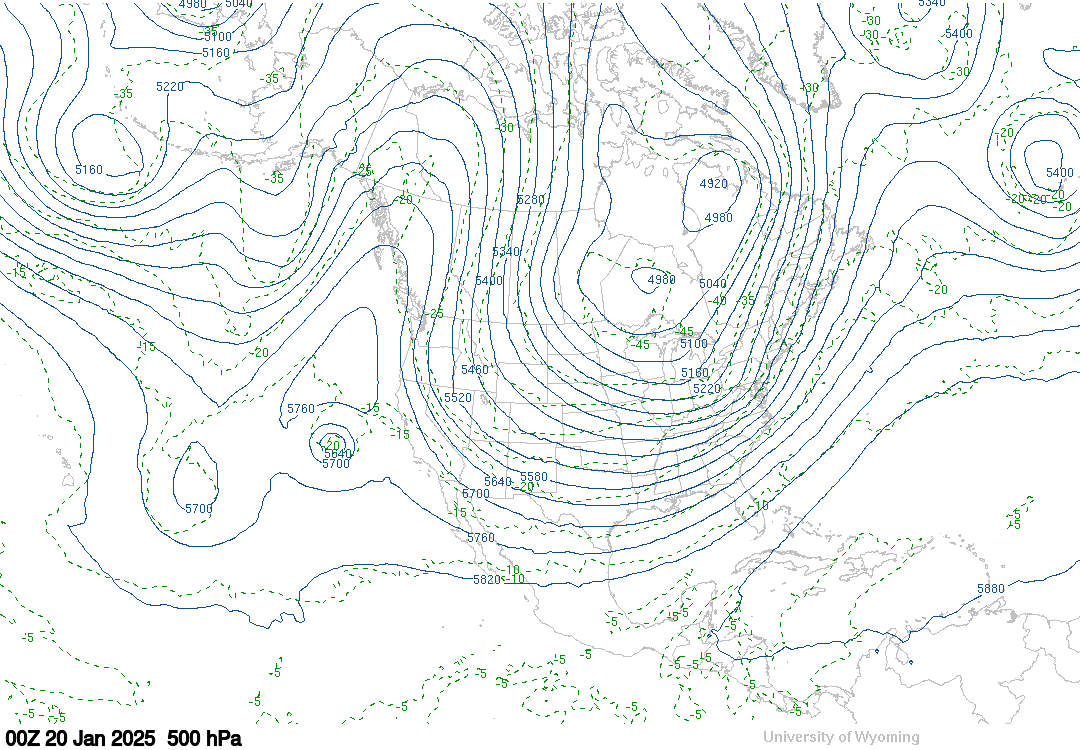
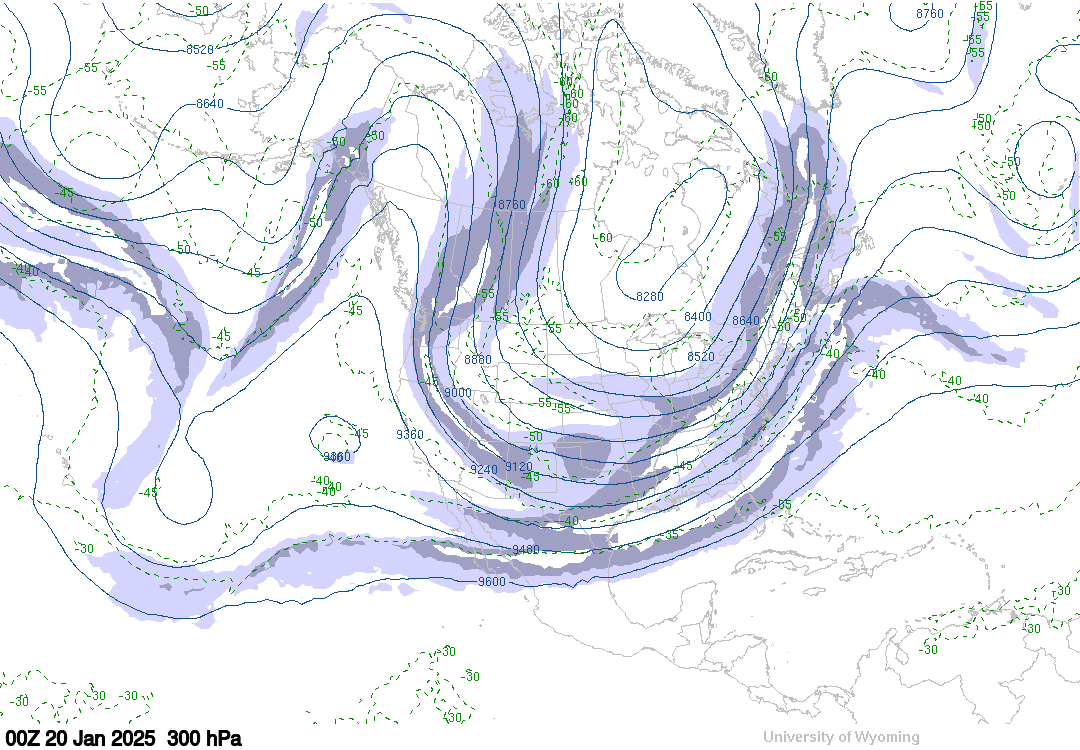
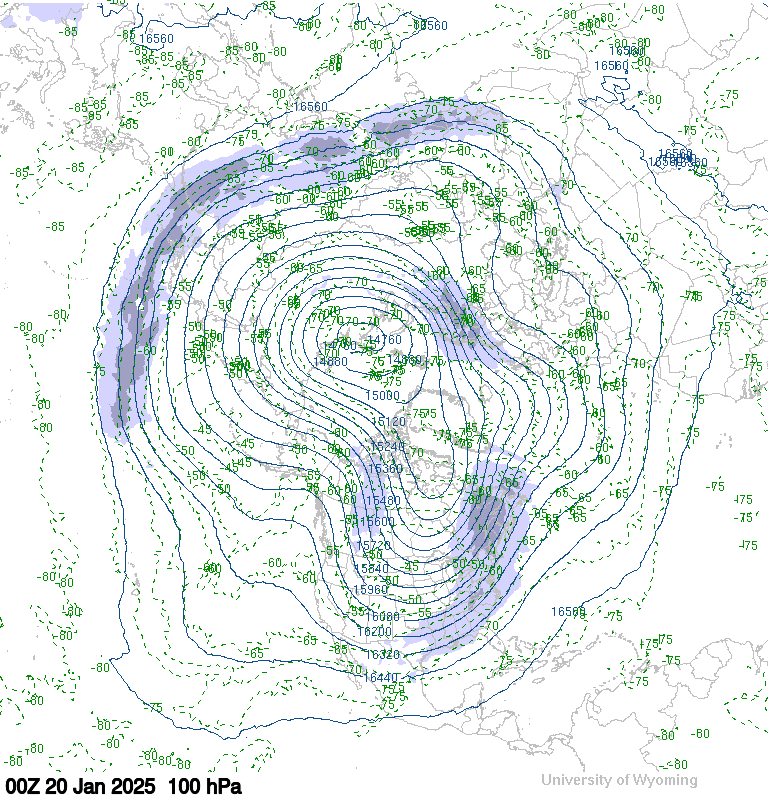

Upper air charts courtesy University of WY
---
SFC analysis
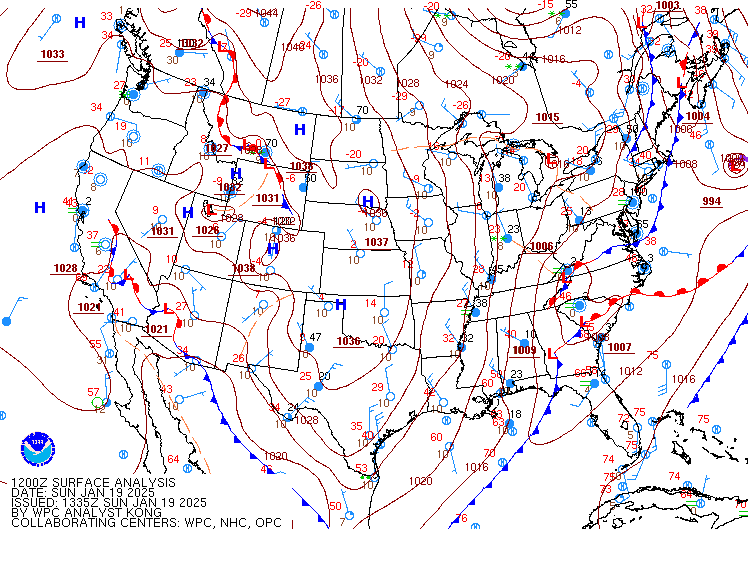
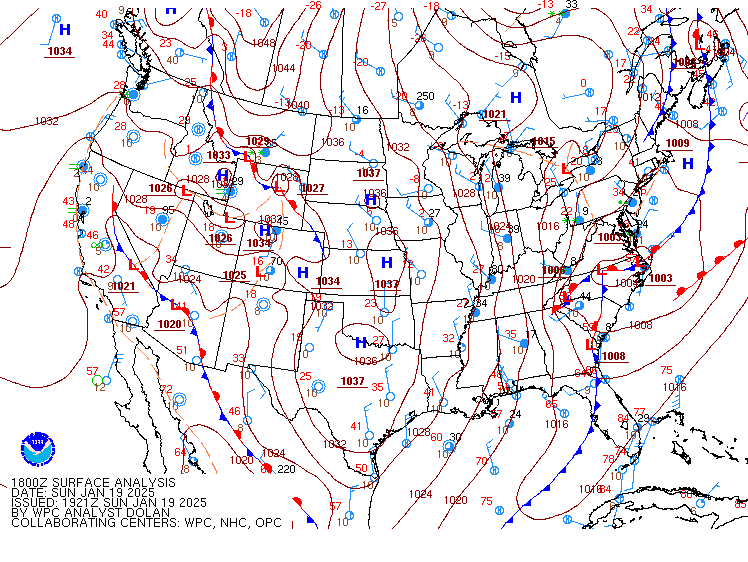

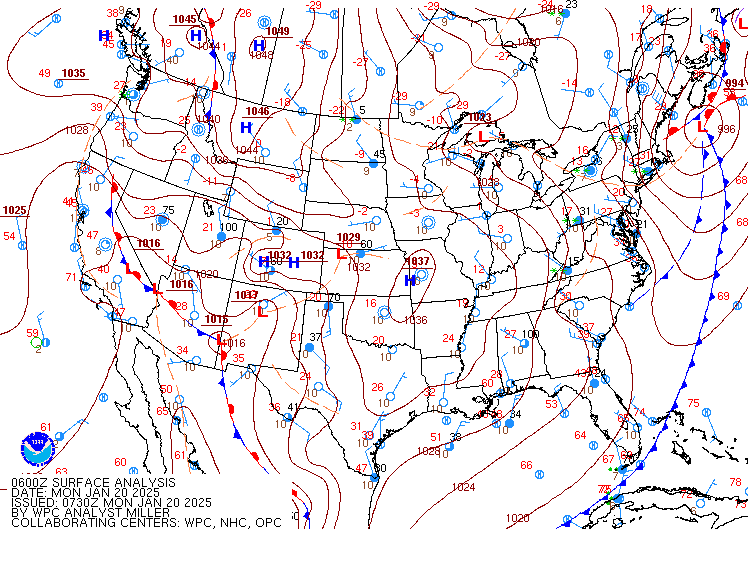
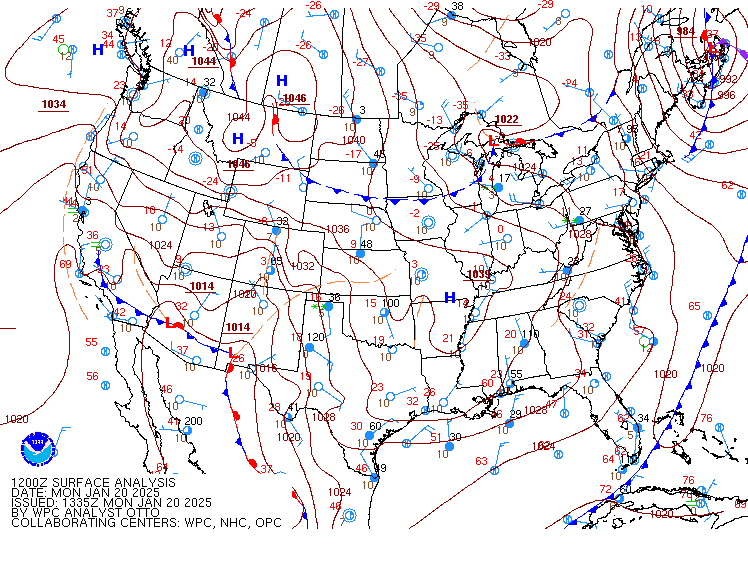
Images courtesy DOC / NOAA / NWS / NCEP / WPC
https://www.wpc.ncep.noaa.gov/html/avnsfc.shtml
---
No imagry. Marshall site down during the event.
Satellite imagery courtesy George C. Marshall Space Flight Center Earth Science Branch



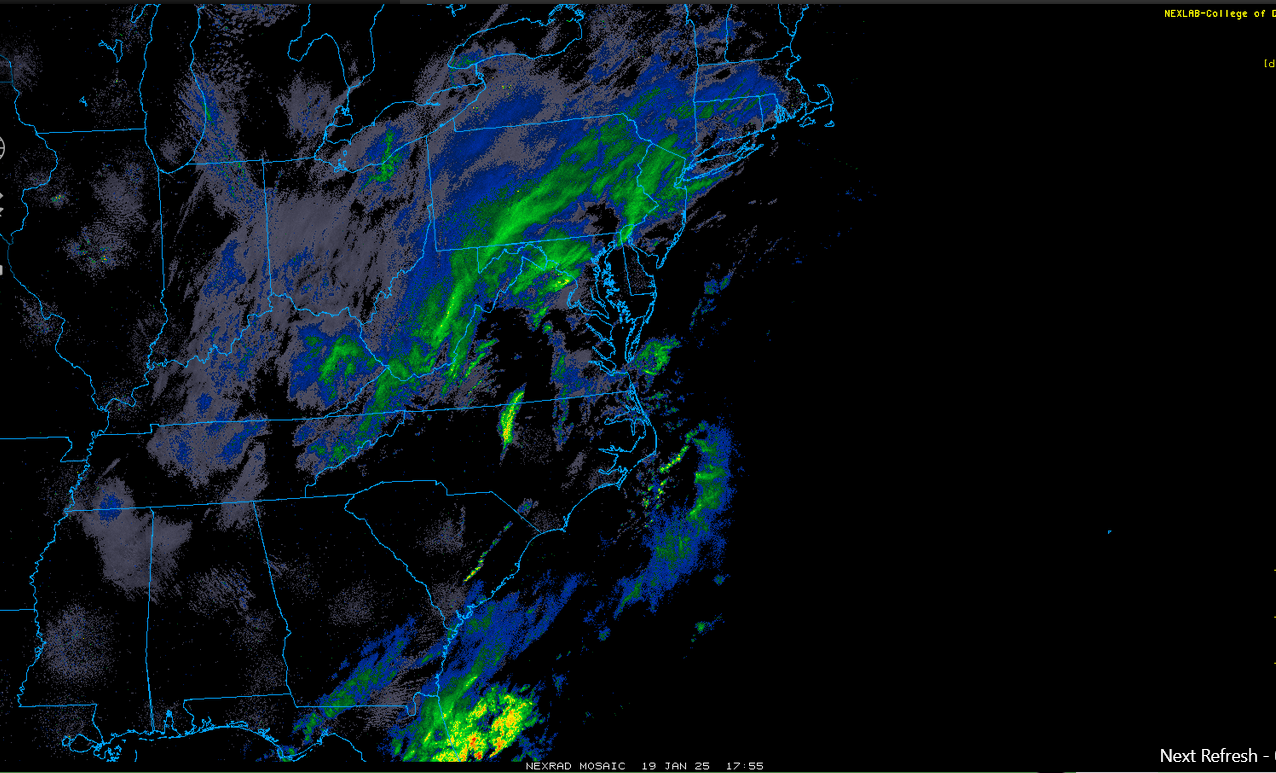
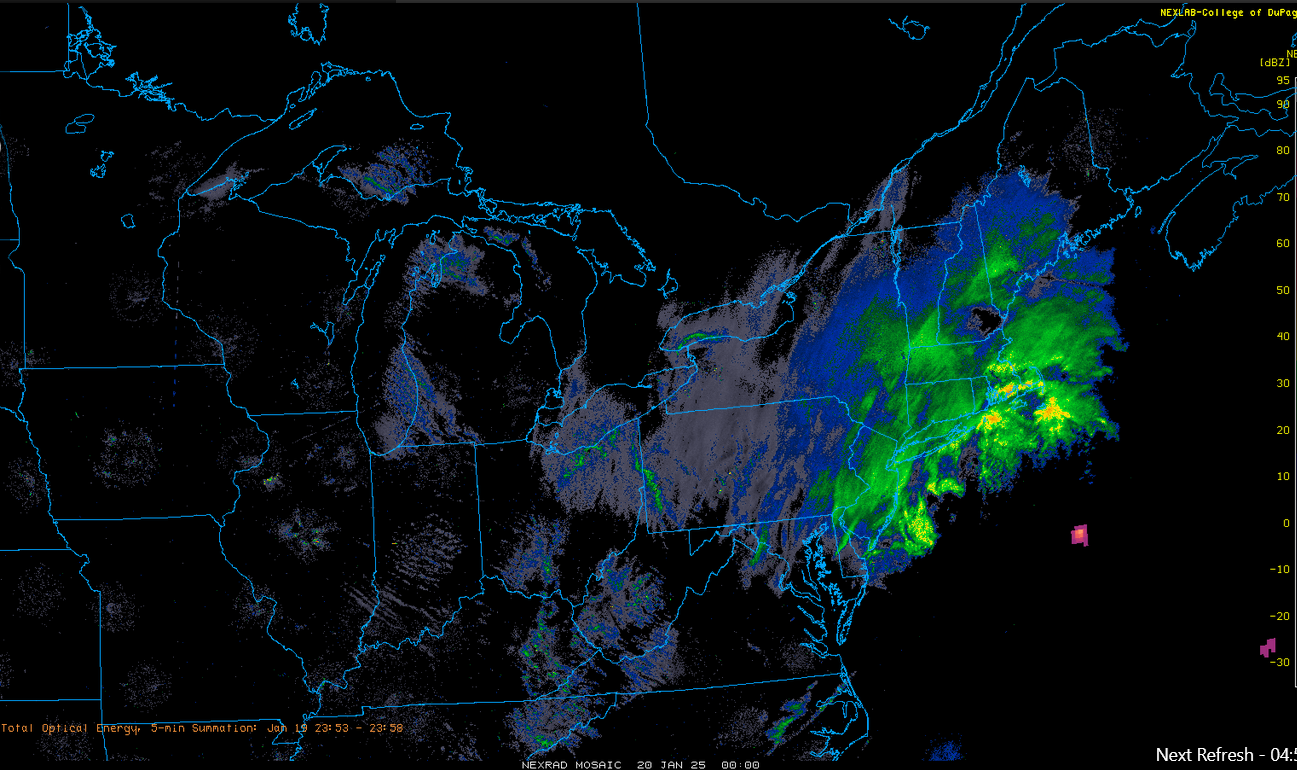
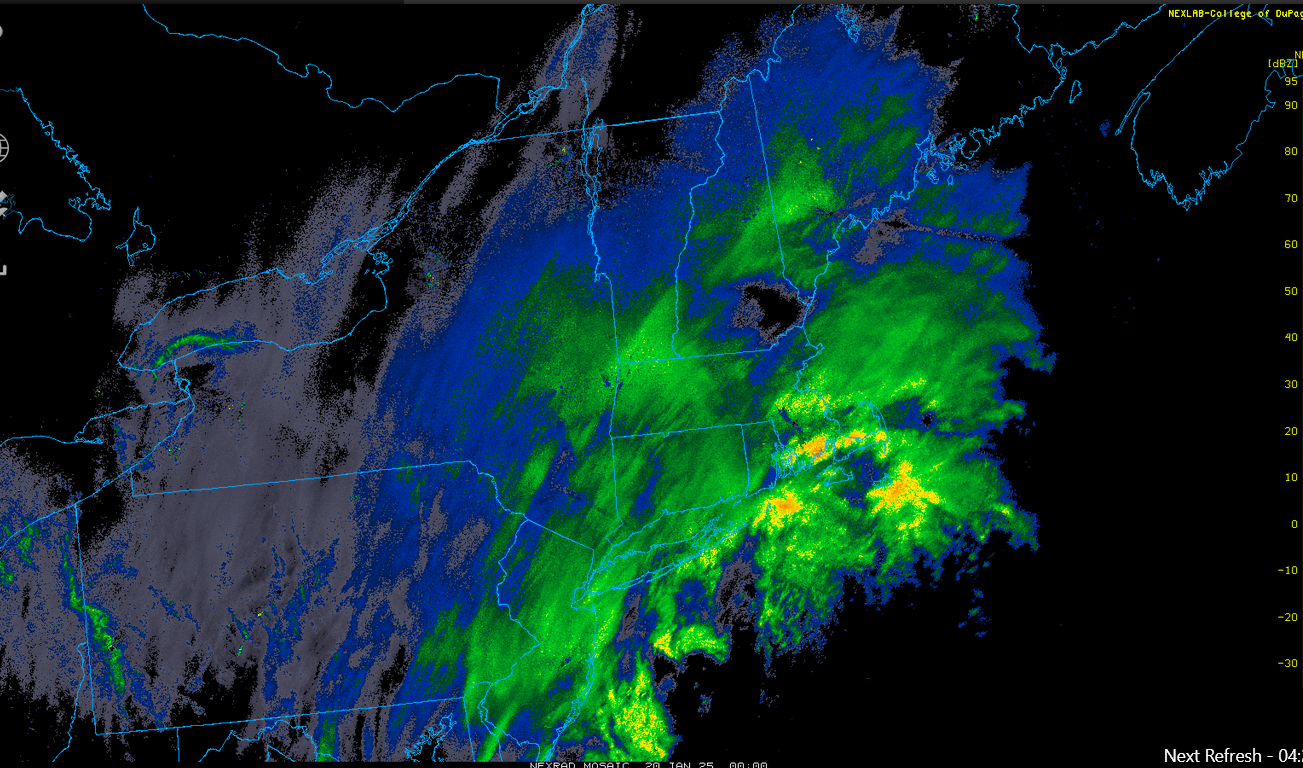
Radar imagery courtesy College of DuPage NEXLAB